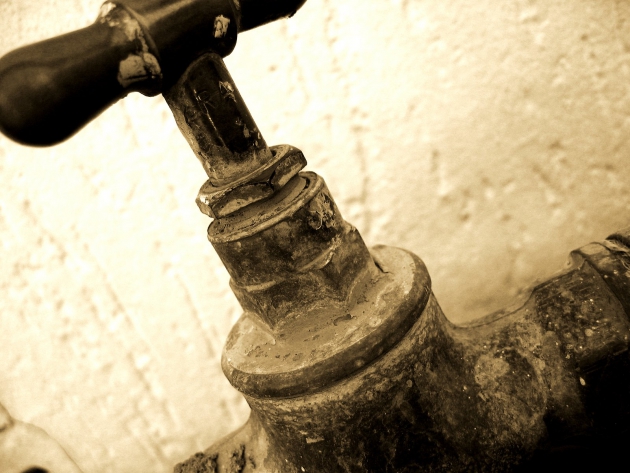With more than 30 years’ experience in the residential and commercial water treatment space, Mark Nelson is a Class 1 Drinking-Water Operator and a CBWA (Canadian Bottled Water Association) Certified Plant Operator. As founder and president of Nelson Water in Ottawa, Mark focuses on dealing with challenging water treatment system designs for problem water. He also heads the largest water bottling plant in the city of Ottawa with a delivery network throughout the Valley.
If your water supply is from a private well, you may have noticed that your fixtures have developed stains. You may also find that your clothing becomes marked or it seems to take more detergent to get your items clean. These issues are common in hard water areas, and while it is not generally a health risk, it can be a real pain around your home. Not only do you need to deal with scaling, but the iron content in the water can also create stains around your toilets, sinks and drains.
The Causes of Staining
If your water contains excess levels of minerals such as iron, magnesium or calcium, it is likely that you have hard water. While the typical sign of hard water is scale, stains can also be an indication of a problem. Although your water may appear clear when it is running from your taps, the dissolved minerals oxidize when they are exposed to air. When dissolved iron is in your water, it will start to transform into rust as it dries. This tends to leave a brownish red stain on anything that has come into contact with the water including plumbing fixtures and clothing. The greater the amount of iron that is exposed to oxygen, the more noticeable the stains as they will be darker. Rust can also be formed inside your washing machine. This can not only cause staining on clothes, but it can also turn some of your whites yellow or orange after they have been washed.
White Scale
In addition to the red stains caused by iron, you may also notice white stains on chrome fixtures or dishware when it comes out of your dishwasher. This is a result of limescale, and it is caused by excessive amounts of magnesium and calcium dissolved in the water. When this mineral rich water comes into contact with surfaces, it leaves those telltale white stains. This is not only aesthetically problematic, but it can also create problems inside your appliances and pipes, as the scale accumulates.
Removing the Stains
There are a number of commercial products that are said to deal with rust and limescale stains. From powders to liquids, you can expect to need to clean your surfaces and appliances frequently. Some people find that even more simple home remedies such as a white vinegar solution is just as effective on limescale stains. Whichever method you use to remove the stains, it will only be a short term solution unless you address the underlying issue — your water quality.
Preventing Stains
The best solution to eliminate staining is to remove the offending minerals from your water supply. In the cases of hard water containing high levels of minerals, a whole house system is the best solution. This will not only improve the water quality in your kitchen, but it will also prevent these minerals from entering the plumbing system including your pipes and appliances. Although this type of system is an investment in your home, in the long term it will save you time and money.

